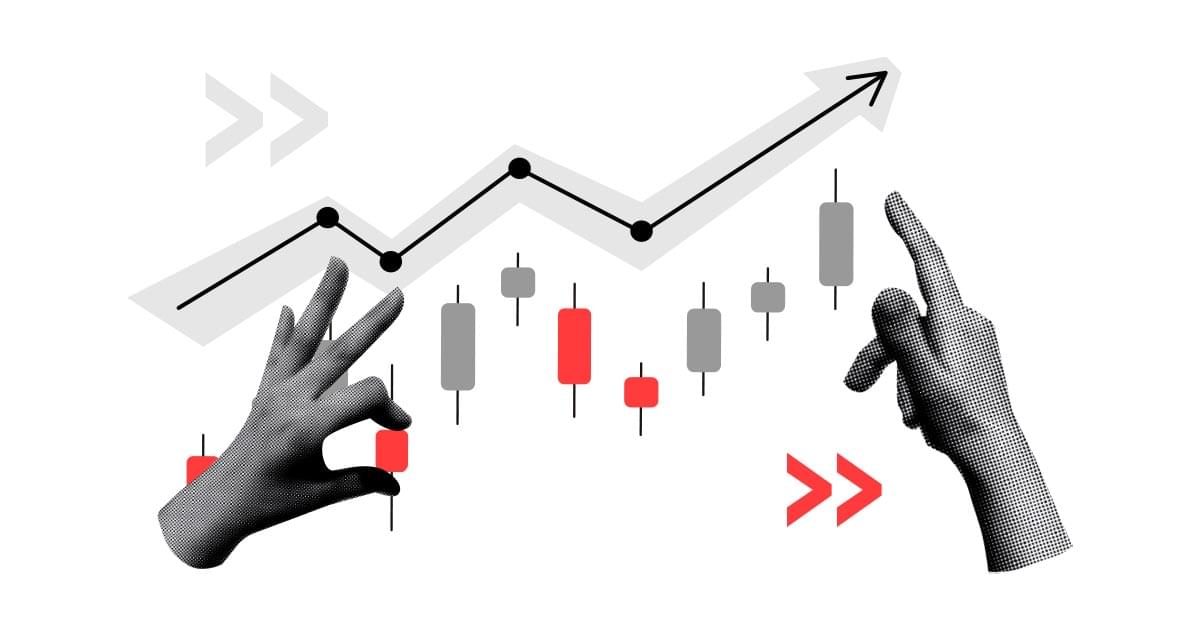Increases in stock indices seem to be slowing down. This is accompanied by a decrease in the dynamics of the US dollar strengthening in anticipation of the US debt auction. It is scheduled for today and may affect the yields of US bonds.
From recent observations, it may appear that the corrective strengthening of the USD, which is the first stronger move since March 2020, seems to be rooted in the rather sharply rising interest rates on US Treasury bonds. The dependence of interest rate spreads is quite evident in the relationship between the US and Germany, Japan or Switzerland, where the EUR/USD, USD/JPY or USD/CHF currency pairs seem to move to the rhythm of changes in the debt market in 2021. Hence, markets may pay attention to today's auction of US debt, which is expected to be issued in the amount of $38 billion.
In anticipation of this event, the yield on the 10-year Treasury bond rose to 1.56 percent on Wednesday. During the previous session, it reached a weekly low of 1.54 percent and remained below its recent peak at 1.61 percent. Investors are awaiting the auction of 10-year government bonds later in the day and tomorrow's auction of 30-year bonds. Still, Treasury bond yields remain near levels not seen in a year amid concerns of higher inflation from strong economic growth and fiscal support.
The House of Representatives is expected to pass a $1.9 trillion aid bill today. The Senate passed it on Saturday, paving the way for more direct subsidies and benefits for unemployed Americans. Treasury Secretary Janet Yellen said she doesn't see the new aid package causing an inflation problem, although it will provide enough money to fuel a very strong U.S. economic recovery. Fed Chairman Jerome Powell also reiterates that the Fed will not tighten monetary policy in the near term and that inflation could temporarily exceed 2 percent.
In the oil market, after a high opening at the beginning of the week in the region of $68 on a barrel of WTI, Wednesday may see a local correction to $64 per barrel. On Tuesday, API data showed a 12.792 million barrel increase in US crude oil inventories for the week ending March 5. Investors are now awaiting official crude stockpile data to be released by the U.S. EIA later in the day.
Crude oil prices appear to have risen about 30 percent this year, reaching their highest level since October 2018. This may be occurring due to supply cuts from Saudi Arabia and OPEC and an improved demand outlook with the launch of vaccines for Covid-19. In addition, tensions in the Middle East have escalated after reports of attacks on oil facilities in eastern Saudi Arabia. There are also growing concerns that U.S. drilling companies may increase activity due to higher prices. So US oil production may now be key to balancing the market.
Daniel Kostecki, Chief Analyst Conotoxia Ltd.
Materials, analysis and opinions contained, referenced or provided herein are intended solely for informational and educational purposes. Personal opinion of the author does not represent and should not be constructed as a statement or an investment advice made by Conotoxia Ltd. All indiscriminate reliance on illustrative or informational materials may lead to losses. Past performance is not a reliable indicator of future results.
76.44% of retail investor accounts lose money when trading CFDs with this provider. You should consider whether you understand how CFDs work and whether you can afford to take the high risk of losing your money.


